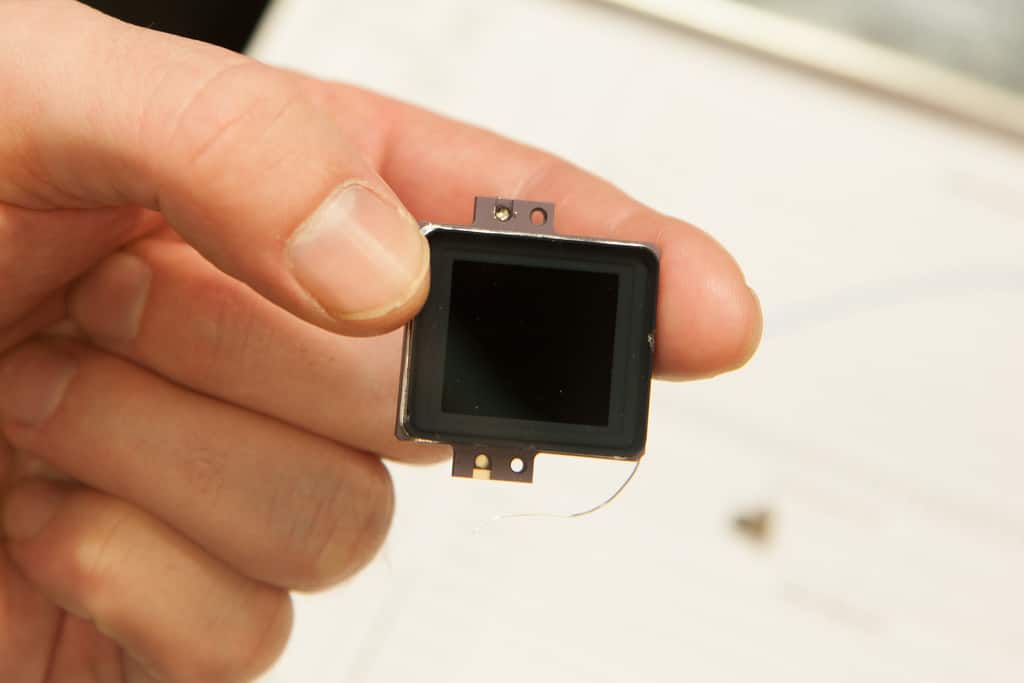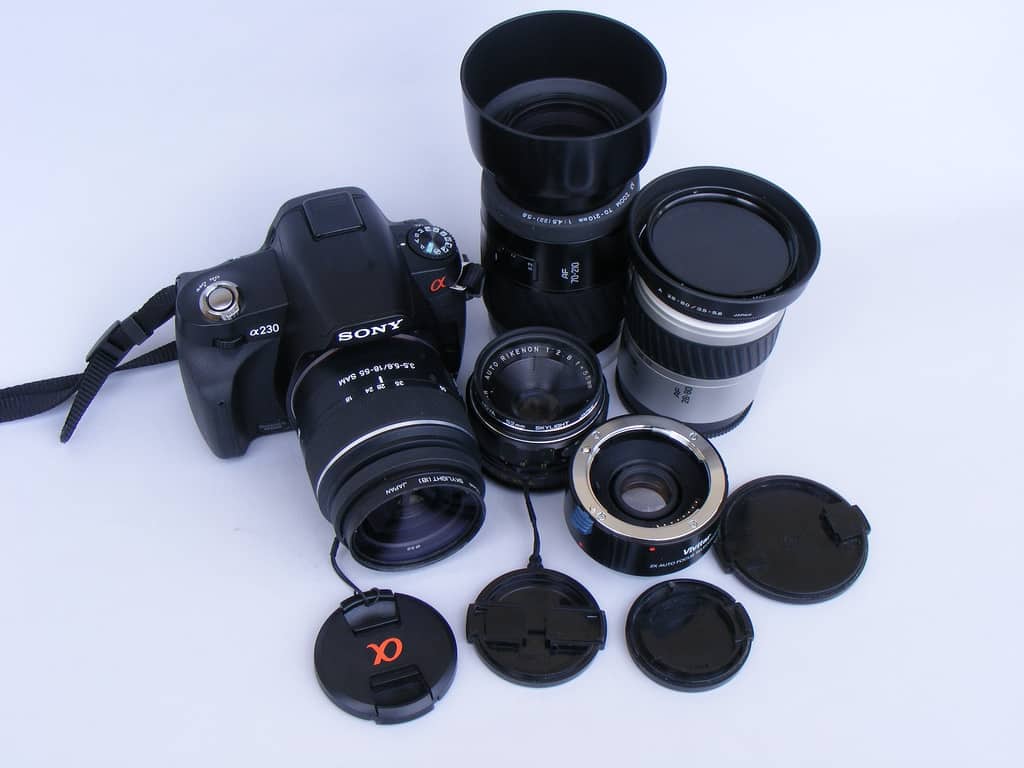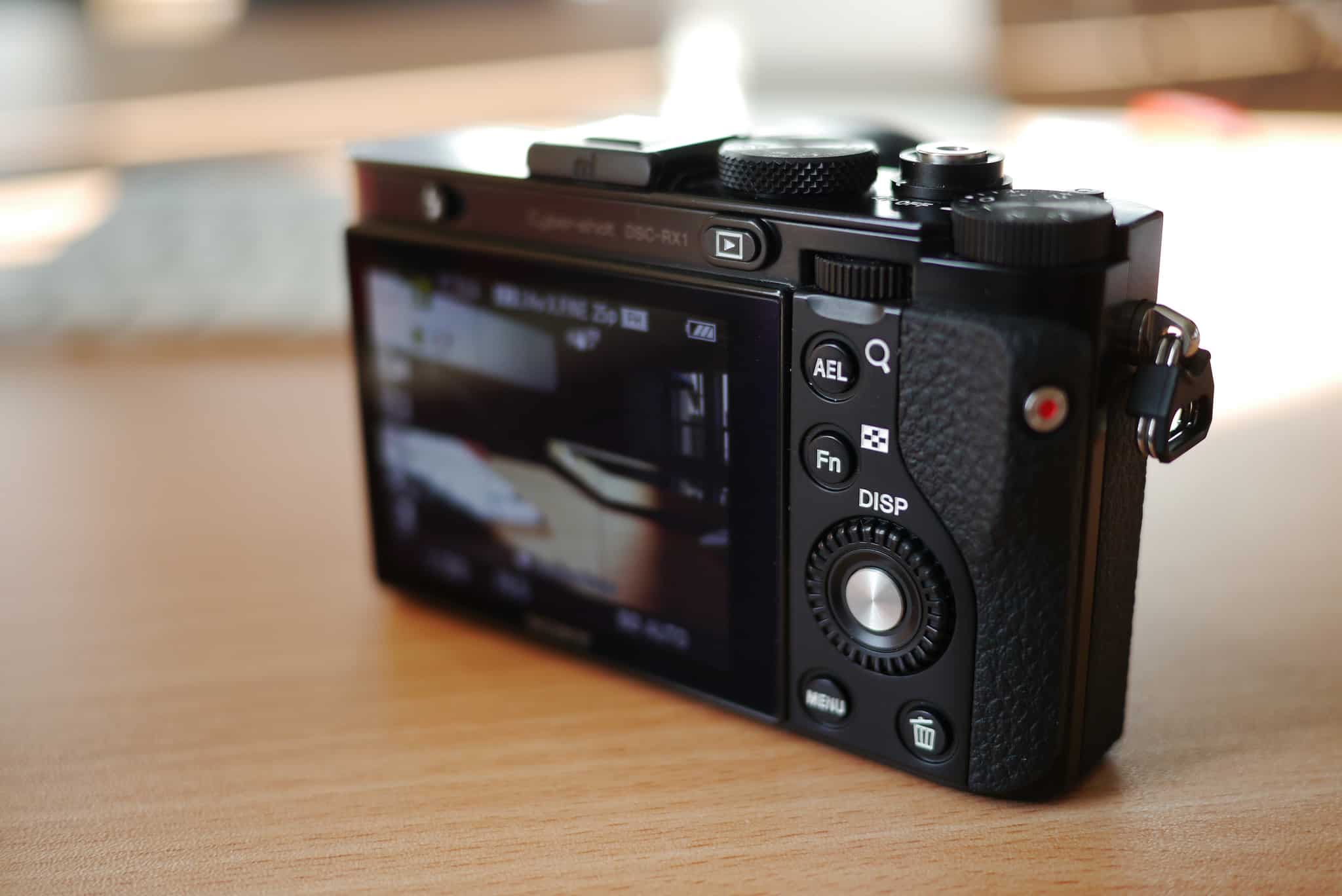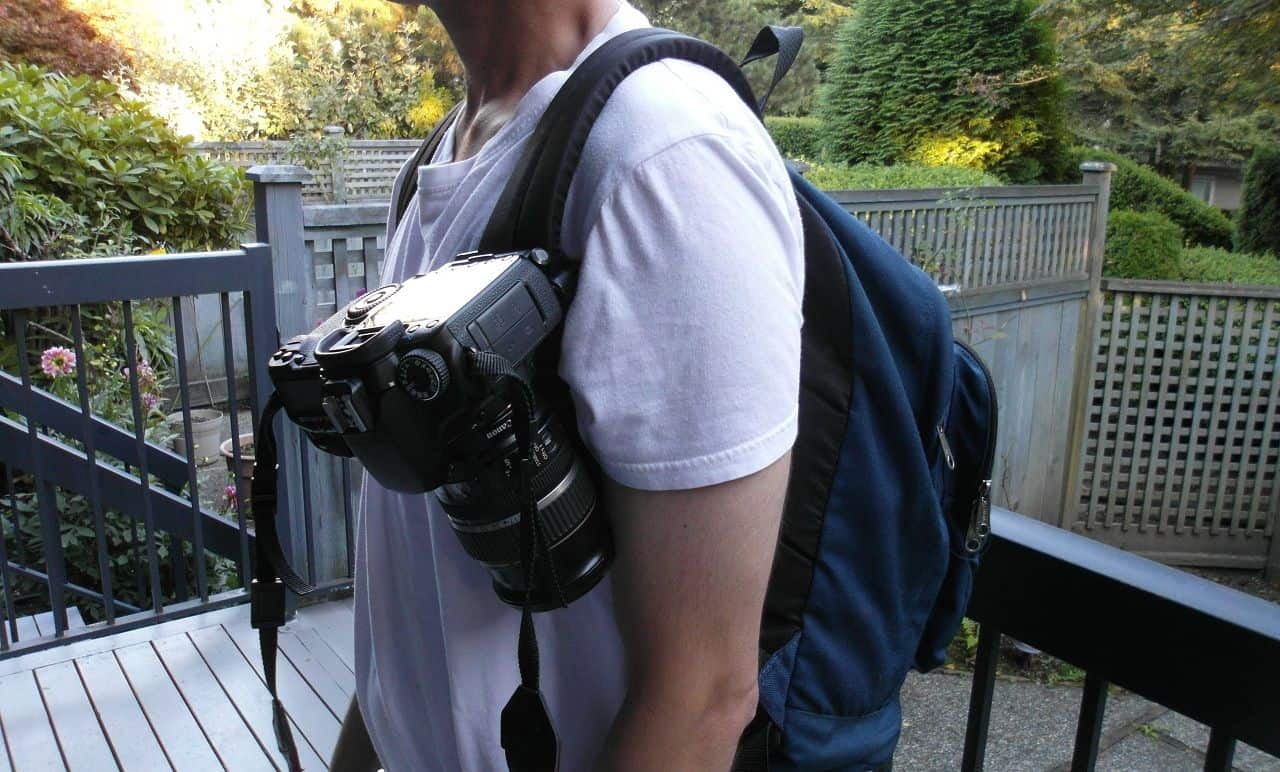The digital single-lens reflex (DSLR) camera still holds its own in the world of photography. Smartphone cameras, as good as they are, will never be able to compete with the features that a traditional camera and lens have to offer. However, buying the best digital camera for your needs takes some research. What it comes down to is finding a camera that has all the features and elements of control you need while being easy to use and falling within your price range. Following are four features to look for so that you can find the digital camera that best suits your needs.
Digital Image Sensor
The digital image sensor takes the place of film in a traditional film camera, in which images are transmitted onto film via light when the shutter is opened for a set period of time. In a DSLR, the image is transmitted onto a digital image sensor instead.

The size of the digital image sensor is important. The larger the unit, the better the picture, as there’s more space for a larger number of pixels. The more pixels squeezed into the sensor, the higher the resolution of the image. Don’t confuse megapixels for quality, however; the size of the individual pixels is also important depending on certain factors, such as whether you need low-light performance.
Quality of Available Lenses
Camera lenses, also known as optics, are one of the most important features of a camera. High-quality lenses are finely calibrated to bring images into sharp focus. Lesser-quality lenses are notorious for producing fuzzy images and won’t focus easily, if ever.

Sony’s best digital cameras use some of the highest-quality optics on the market, which makes it much easier to get the perfect image.
Menu Navigation
The DSLR combines the function and features of the film SLR with a digital readout on the back of the camera. It consists of a multitude of digital controls and is used to view the image to be shot and to review previous images. But photographers don’t want to deal with constantly flipping through menus to find the right one. They’d rather hit a button once or twice, get to the desired menu, change the setting, then get back to taking pictures again. There’s no reason a DSLR needs to be more complicated than a film SLR.
Operating a camera basically requires setting the aperture opening and the shutter speed, adjusting for the ambient lighting, and setting the lens for a macro, micro, or wide image. Some lenses are capable of performing multiple functions and work best when the camera has assisting capabilities. But there’s nothing worse than fumbling around with a menu at a crucial moment. Easy-to-navigate menus are an important feature when buying a DSLR.
Overall Weight
Camera documentation tends to state the weight of the camera body without the lens attached. Attaching the lens adds more weight to the camera, giving it a much different feel than without. A standard lens won’t add too much weight, but zoom and macro lenses add considerably more and affect the overall balance of the camera. Imagine trying to shoot fast action with a heavy lens — it will suddenly make sense why sports photographers use stakes for longer lenses.

Weight is important no matter what kind of photography you’re engaging in. Adjusting the camera while it sits on the tripod becomes more difficult if the camera is too heavy. The same goes for point-and-shoot situations. Arm fatigue eventually takes effect, and it becomes tiring to take pictures over an extended period of time. Always pay attention to the weight of the body and the lens in order to avoid fatigue.
These are the main concerns every camera buyer will encounter when shopping for his or her next DSLR. It’s also not a purchase to take lightly, as a good DSLR can be expensive. Take the time to explore these and other features to get the best camera for your needs and budget.

